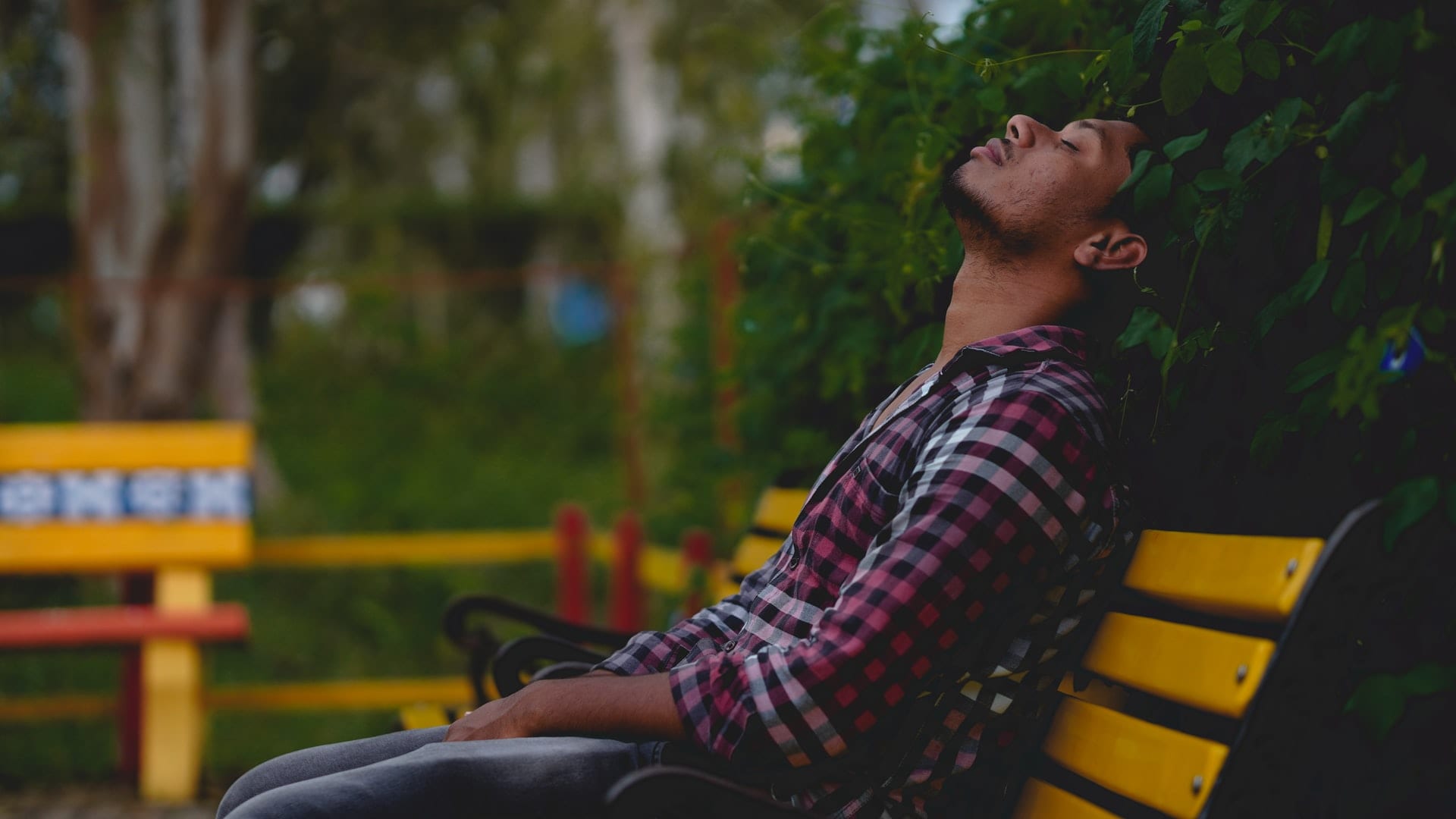- Home
- Services
- Overview
- Constructive Dismissal
- COVID-19
- Discrimination / Human Rights
- Employee Sued by Employer
- Employment Contracts: Drafting / Review / Negotiation
- Employment Policy Drafting / Review
- Fiduciary Obligations
- Harassment / Bullying
- Independent Contractors
- Just Cause For Termination
- Lay-Offs
- Non-Competition / Non-Solicitation
- Professional Regulation
- Severance Review / Negotiation
- Union / Labour Law
- Workplace Investigations
- Wrongful Dismissal / Unjust Dismissal
- About
- Our Team
- Blog
- Call Now: 587-391-7601
- Contact Us
School (Still) Tied Up In Discrimination Web: ABCA

The Alberta Court of Appeals’ decision in Webber Academy Foundation v Alberta (Human Rights Commission), 2023 ABCA 194 marks the second time that the matter was before the ABCA. In 2018, the ABCA had sent the matter back to the Alberta Human Rights Tribunal (the “Tribunal”) for reconsideration after Webber Academy (the “Academy”) argued for the first time that its section 2(a) and (d) Charter rights had been infringed.
This case is important, as it provides commentary on Section 2(d) of the Charter of Rights and Freedoms (freedom of association), which has limited case law outside of the collective bargaining context. The Court of Appeal also applies the framework set out in Doré v. Barreau du Québec, 2012 SCC 12 that calls for consideration and weighing of Charter values against competing statutory objectives in the administrative law setting. Lastly the Court of Appeal weighs in on relevant considerations when interpreting the wording of non-monetary remedies of the Tribunal.
This summary is on the technical side, because the issues on appeal involved technical arguments about competing legal rights.
Facts
The Queen’s Bench decision (summarized by us here) set out a good summary of the facts:
[1]In November of 2011, Sarmad Amir and Naman Siddique (the “Students”) were accepted for admission into Webber Academy (the “Academy”). They were fourteen years old. According to their Sunni Muslim religion they were required to pray five times a day, at varying times depending on the position of the sun. The prayers were to be performed by kneeling, bowing over into a prostrate position and then standing, while reciting the prayers.
[2] Prior to admission, the Students and their mothers believed that the Academy was prepared to let them do their prayers at school, although no dedicated prayer space would be made available. For the first two weeks, school staff made that accommodation, allowing the Students to use spaces such as empty classrooms to perform their prayers. However, when senior school administrators found out what was happening, the Students were told that religious practices were not allowed at the school, and their conduct was thus prohibited.
[3] A series of meetings and email communications followed. The Academy offered to allow the Students to leave classes and go to an off-campus location such as a nearby mosque to perform their prayers. The mothers of the Students rejected that solution on the basis that it could compromise the safety of the Students.
[4] The Students continued to pray on campus (on one occasion joined by their mothers) in defiance of the Academy’s direction. They were told that they would not be accepted for re-enrollment for the following school year. They then transferred to another private school, which was prepared to accommodate their prayer rituals on campus.
As highlighted by Joel Fairbrother in his summary of the Queen’s Bench decision, it is important to note that the Academy is a private school that holds a sincere belief in non-denominational, secular learning, and does not permit religious activities on campus. Its policy is to create an academic environment free from religious influences. However, it allows for exceptions to its student uniform policy so that students may wear symbols of religious faith. It also permits the display of Christmas trees throughout the holiday season.
In 2018, the ABCA sent the matter back to the Tribunal for a rehearing (ABCA decision found here). The rehearing decision found that the Academy discriminated against Sarmad Amir and Naman Siddique (the “Students”) on the basis of religious beliefs in the area of services customarily available to the public. With respect to the Academy’s Charter arguments, the Tribunal found that the Academy had a genuine belief in non-denominational/secularism, but that it would not be interfered with by allowing the Students to pray in a private, quiet space. The Tribunal did not address the Academy’s section 2(d) arguments.
The Academy appealed to the Court of Queen’s Bench (decision found here). The Chambers Judge dismissed the Academy’s appeal under section 2(a). Like the Tribunal, the Chambers Judge did not address section 2(d) of the Charter.
Before the Alberta Court of Appeal, the Academy submitted that the Tribunal and the Chambers Judge erred by (1) concluding that the Tribunal had jurisdiction over the matter; (2) concluding that there was no infringement of its 2(a) rights; (3) failing to consider its 2(d) rights; and (4) upholding a non-monetary remedy that was ambiguous, unlawful, and impossible to comply with.
Analysis / Conclusion
a. Issue of Jurisdiction
The Academy’s preliminary argument was that the Tribunal did not have jurisdiction to hear the complaint because there was no denial of “service… customarily available to the public.” It asserted that the service requested by the Students was properly characterized as a “prayer space,” and because it did not provide prayer spaces to its students, such services were not “customarily available” to its student body.
The ABCA disagreed with the Academy’s characterization of the Students’ request. It upheld the finding of the Tribunal and Chambers Judge, noting that the Students were seeking a quiet, private place on campus to perform their prayers. Because students at the Academy have the right to access these quiet, private spaces for other purposes, it was a service available to the public, which was the student body. In dismissing this ground of appeal, the Court concluded as follows:
[44] … it is uncontroverted that the Students were able to perform prayers for more than two weeks when they first started attending the school. Different staff members facilitated the provision of quiet, private space to the Students during that time period … It was only after Dr. Webber was alerted to the fact that the Students were praying on campus that he contacted the Parents and advised them that prayer was not allowed at school.
[45] The Students were subsequently denied access to quiet, private space on campus because they wished to use it for the purpose of prayer. Further, as already noted, the Students were later advised they could continue to pray on campus provided they prayed silently without moving their limbs so no observer could know that prayer was occurring. Thus, it seems that Dr. Webber’s objection was based specifically on the manner of the Students’ prayers because the prayers involved the overt, physical movements of standing, kneeling and bowing…
b. Section 2(a)
The Academy argued that by imposing an Order requiring it to act contrary to its sincerely held belief (that it was non-denominational or secular), the Tribunal infringed its freedom of religion under section 2(a) of the Charter.
The ABCA began its analysis by noting that the framework outlined by the Supreme Court of Canada in Doré applied to the case. In Doré, the SCC held that administrative decision makers must exercise their jurisdiction in accordance with Charter values. Where a statutory scheme risks interfering with a Charter value, the decision maker must balance the severity of the interference with the relevant legislative objective. The key issue before the ABCA was thus whether the Tribunal properly weighed the Academy’s section 2(a) rights with the scheme of the Alberta Human Rights Act, which required the Academy to accommodate the Students’ own religious beliefs.
When weighing the competing rights, the ABCA agreed with the Tribunal’s finding that “the evidence does not support a finding that [the Academy’s] belief or practice was or would be interfered with by allowing the students to pray in a private, quiet space.” The Tribunal arrived at this conclusion because the Academy did not ban all religious practices at the school, as it accommodated religious dress requirements and permitted silent prayer on campus (without physical movements). Further, the Academy was unable to show that accommodating the Students interfered with other students personal beliefs. The ABCA ultimately dismissed this ground of appeal.
c. Section 2(d)
As noted by the Supreme Court of Canada in Mounted Police Association of Ontario v Canada (Attorney General), 2015 SCC 1, Section 2(d) protects three classes of activities: “(1) the right to join with others and form associations; (2) the right to join with others in the pursuit of other constitutional rights; and (3) the right to join with others to meet on more equal terms the power and strength of other groups or entities.” The Academy relied on the second class of activities, asserting that its freedom to associate with others in pursuit of a non-denominational educational environment free from the practice of religion had been interfered with. Further, it argued that requiring it to accommodate the Students would result in a “floodgate” issue, in that accommodating similar requests would change the non-denominational character of the school.
The Court of Appeal Acknowledged that the Academy wished to establish a secular campus that was welcoming to all faiths, believing that religious practices should be addressed outside of the school environment. However, the evidence before the ABCA did not indicate that accommodating the Students interfered with the Academy’s section 2(d) Charter values. In coming to this conclusion and ultimately dismissing this ground of appeal, the Court emphasized the following:
- The Academy allowed exemptions to the dress code for students who wear religious head coverings and facial hair, as well as non-overt, silent prayer;
- The Academy displayed a Christmas Tree every holiday season; and
- During the first two weeks of the academic year where the Students prayed at different locations on campus, there was no evidence before the Tribunal that the culture of the school changed, or that anyone considered the Academy to no longer be non-denominational.
The ABCA found that accommodating the Students did not affect the school community, as students were able to continue to freely associate with one another in a non-denominational educational environment. Concerning the Academy’s floodgates argument, the Court found that speculating about possible issues that may arise in the future did not justify refusing accommodation to the Students to pray in quiet and private spaces.
d. Interpretation of the Tribunal’s Remedy
In the Reconsideration Decision, the Tribunal ordered the Academy to “immediately cease the contravention of the Act complained of and refrain in the future committing the same or any similar contravention of the Act.” The Academy argued that this Order was ambiguous, unlawful, and impossible to comply with.
The ABCA noted that while the Tribunal could have been more explicit, the service at issue was students access to quiet, private spaces on the Academy’s campus. In dismissing the appeal, the Court concluded as follows:
… There is nothing ambiguous or uncertain about the Tribunal’s conclusion that access to such quiet, private spaces on campus may not be denied on discriminatory grounds. Clearly, the circumstances of each situation need to be assessed to determine if there is a contravention of the Act, and if so, whether or what sort of accommodation is required
[90] … the Tribunal’s order … reinforces to Webber Academy that an accommodation request must be considered with a view to its legal obligation to accommodate to the point of undue hardship. The order signifies that a blanket refusal to consider accommodation will be a breach of the Act. In our view, the appellant’s submission that the remedy is futile ignores the important role that human rights legislation plays and its fundamentally preventative and remedial nature …
My Take
This case provides a unique example of an exercise in weighing competing infringements of rights. The Court of Appeal’s analysis focused on whose rights were more substantially affected; the Students’ to be free from discrimination, or the Academy’s to be free from state interference of their Charter rights/values to freedom of religion and association.
The Court’s decision ultimately turned on the Academy’s inability to adduce evidence demonstrating interference of its rights in a manner that was more than trivial or substantial. The Academy’s evidence was that the Students would have been permitted to pray on campus if they did so silently. Further, the Academy testified that costs associated with providing the students a quiet place to pray was not an issue. Importantly, none of the Academy’s witnesses claimed that allowing the Students access to a place to pray interfered with their personal beliefs or those of other students.
Lastly, concerning the wording of the Tribunal’s remedy, the Academy relied on Boissoin v. Lund, 2009 ABQB 592, where the revieing judge held that a remedy requiring a party to cease committing the “same or similar contraventions” of the Act was unlawful, because the terms ‘same or similar contraventions” were not defined, leaving the parties in a state of uncertainty. The Academy argued that the Tribunal’s remedy was similarly worded, as they did not know what may constitute “any similar contravention” of the Act. The ABCA disagreed, noting that the remedy in Boissoin was uncertain as it required the appellants to cease from publishing “disparaging remarks,” but failed to provide a definition of “disparaging remarks.’ In the current case, the service at issue was clearly student access to quiet, private spaces on the Academy’s campus.
Bow River Law provides these regular legal blog articles for the purposes of legal news, education and research for the public and the legal profession. These articles should be considered general information and not legal advice. If you have a legal problem, you should speak to a lawyer directly.
Bow River Law is a team of knowledgeable, skilled and experienced lawyers handling employment law, human rights (discrimination) and labour law matters. Bow River Law is based in Calgary but we are Alberta’s Workforce Lawyers.


